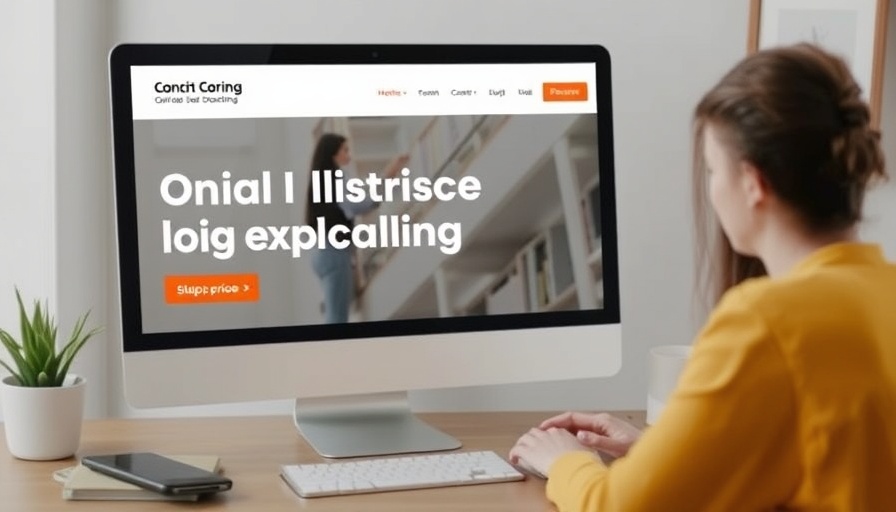
Embracing Neurodiversity: A NEW Perspective on Relationships
In an ever-evolving world, intertwined relationships are crucial for personal growth and social well-being. The participatory project FlowUnlocked, co-developed by artist Briony Campbell and autism researcher Dr. Georgia Pavlopoulou, exemplifies how understanding neurodiversity can enrich our collective narratives. By fostering an environment where autistic voices are not only heard but celebrated, this initiative pushes traditional research boundaries while highlighting the essence of connection in the autistic community.
The Catalyst for Change: Why Relationships Matter
FlowUnlocked's inception stemmed from a shared belief in the importance of relationships, particularly during challenging times like the COVID-19 pandemic. Dr. Pavlopoulou’s research on how the lockdown impacted families of autistic individuals unveiled a stark truth: society often overlooks the unique perspectives of these families. By incorporating these insights into their research methodology, Campbell and Pavlopoulou aim to bridge the gap between autistic individuals and their representation in society.
Establishing Authentic Voices: The Team Behind FlowUnlocked
One of the project’s key strengths lies in its collaboration with autistic consultants, including the talented Jon Adams. Understanding that research should reflect the voices it studies, FlowUnlocked actively seeks input from the autistic community to ensure their experiences shape the narrative—rather than being reduced to statistics. This change challenges the detrimental practices that led to misrepresenting autistic lives, a common flaw in historical research frameworks.
Exploring Emotional Landscapes: A Creative Approach
During interactive sessions with a select group of autistic participants, the FlowUnlocked team engaged in profound discussions surrounding the meaning of relationships. The creative 'mini-brief' assignments allowed participants to explore relationships that resonated during lockdown, resulting in poignant and often profound insights. Notably, one participant expressed his bond with stones through poetry, a reflection showcasing the unique ways relationships manifest in the autistic experience.
Future Predictions: Enhancing Understanding through Research
As FlowUnlocked continues its journey, it holds the potential to garner wider appreciation for diverse emotional experiences tied to relationships in the autistic community. The real impact of this project extends beyond participants to include educators, mental health professionals, and families, fostering an understanding that can shift current narratives toward inclusivity and empathy. Anticipating future collaborations and findings offers a glimpse of what embracing neurodiversity can achieve, not only for autistic individuals but for society at large.
Take Action: Supporting Neurodiversity in Your Community
As we reflect on the importance of relationships in the autistic community, it’s essential for educators and leaders to champion neurodiversity. This can be achieved through advocating for inclusive practices and recognizing the value of each individual's experiences. By creating safe spaces for dialogue and learning, we can help dismantle existing barriers and foster understanding, making a lasting difference in our communities. Let’s embrace these narratives and support those striving for inclusivity.
 Add Row
Add Row  Add
Add 




Write A Comment